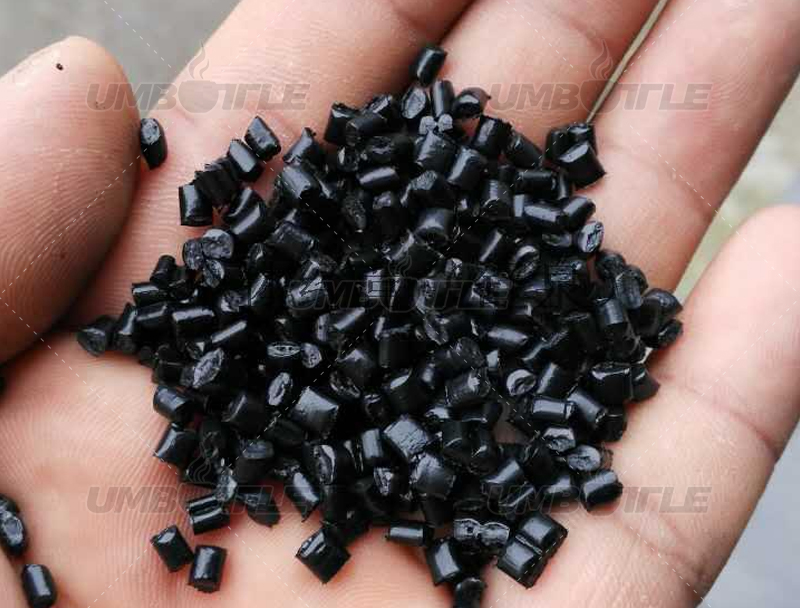Quick Methods to Identify Plastic Cups Made from Scrap Materials
With the growing awareness of environmental protection, the recycling of plastic waste has become a significant topic. However, some unethical businesses might manufacture plastic cups from scrap materials, posing health and environmental risks to consumers. This article will introduce several quick methods to identify plastic cups made from scrap materials, aiding you in making informed purchasing decisions.
Visual Inspection of Quality: Plastic cups made from scrap materials might exhibit certain defects in their appearance, such as bubbles, uneven colors, and uneven surfaces. In comparison to cups produced through legitimate means, the quality could be inferior due to the instability introduced by using scrap materials.
Smell Test: Unwanted chemicals might be present in scrap materials, making smell testing a method to identify abnormalities. If the plastic cup emits an unusual or unpleasant odor, it's likely made from scrap materials.
Bend and Deformation Test: Scrap materials could lead to decreased strength and stability in plastic cups. Try gently bending the cup; if it deforms or develops cracks, it might be made from scrap materials. Normal plastic cups should have some elasticity and not deform immediately.
Heat Stability Test: Scrap materials might reduce the heat stability of plastic materials. You can test the cup's heat resistance by exposing it to hot water or a hot beverage in a safe manner. If the cup deforms, changes color, or emits an odor upon contact with hot water, it might be made from scrap materials.
Look for Certifications and Labels: Legitimately produced plastic cups usually have relevant certifications and labels, such as food-grade certification and environmental certifications. Before purchasing, carefully check if the cup has any relevant certification labels, as this can provide some assurance.
Purchase from Reputable Brands: Opting to buy plastic cups from reputable brands can reduce the risk of purchasing cups made from scrap materials. Well-known brands typically have stricter quality control and regulations, decreasing the likelihood of using scrap materials in production.
In summary, by visually inspecting quality, conducting smell tests, performing bend and deformation tests, assessing heat stability, looking for certifications and labels, and choosing cups from reputable brands, you can relatively quickly identify whether plastic cups might be made from scrap materials. Protecting your health and the environment and making wise purchasing decisions are essential.

Dongguan Zhanyi Commodity Technology Co., Ltd. specializes in the production of metal cups, plastic cups, coffee cups, suction mug, lunch boxes, food jar, travel mugs, portable water bottles, sports bottles, home life desktop trash cans, thermos bottles, etc.These products are all our annual exports, and are recognized and loved by the US, Europe, Australia, Japan, South Korea, Taiwan, Hong Kong and other consumers. Support for small quantity order, fast customization.